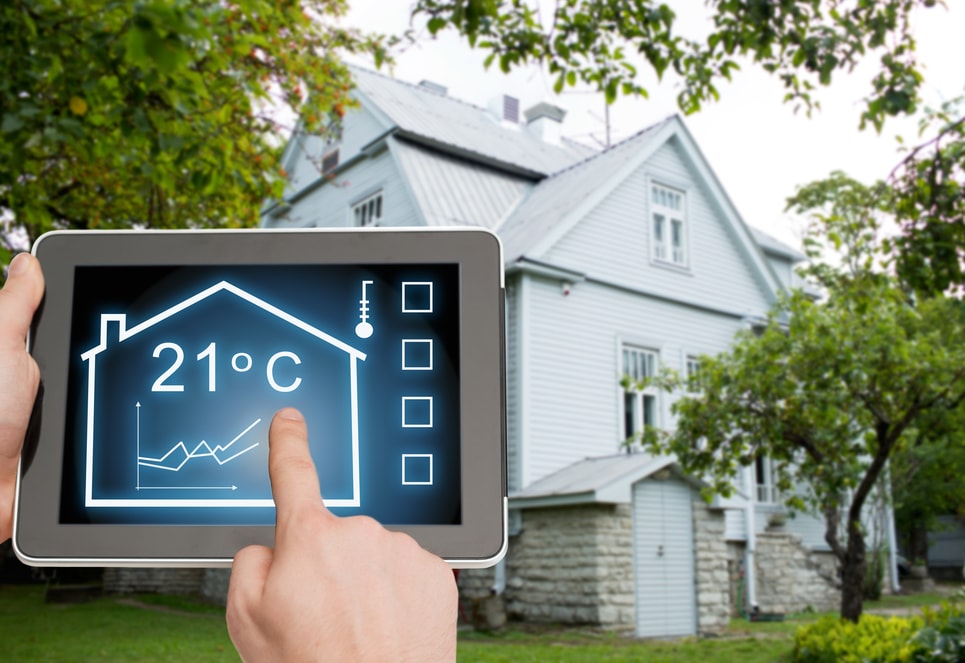When the winter time comes, the average person just wants to reside in a home is comfortable. A heater that runs at the proper temperature helps the cause of making a home’s interior “nice and toasty.”
Setting up the temperature correctly requires a bit more than just pressing your finger on the up or down button though. For a maximum combination of both comfort and energy efficiency, you need the right setup approach when adjusting the thermostat.
Don’t worry about learning any complicated formulas. Figuring out the right setting for a heater’s thermostat requires little more than following a few energy-smart suggestions.
Determine the Right Temperature Level

Cranking up the temperature to an arbitrarily-high level does more than just heat up the room. Doing so also wastes a lot of energy. Why choose a temperature that is several degrees beyond what would be necessary for a comfortable home?
The home might not even feel comfortable when the temperature rises too high. Discomfort kicks in when an interior temperature reaches toaster oven levels. Also, your monthly energy bills won’t exactly remain low and affordable when either overheating the home or cranking the AC way up.
The U.S. Department of Energy suggests keeping a thermostat set at 68 degrees Fahrenheit when you occupy it. Lower the temperature below 68 when away from home. Why keep the temperature way up when no one’s there?
Program the Temperature Based on Your Schedule

Innovations in technology changed the way people operate their furnace or AC. Heating and cooling thermostats can be preprogrammed to increase or decrease temperature levels at set, automatic intervals.
The way to program a thermostat involves tapping on several clearly-displayed command keys. The designers of the thermostats didn’t make things too hard for homeowners.
Still, you do need to do your part to make sure the thermostat is programmed correctly and efficiently. Taking time out to write out your schedule should improve the way you program the thermostat.
While your work schedule may not change much, there are other things you do during the week that might be a bit less stable.
Some days you go to the gym, other days you grocery shop, and some days require taking care of a family member, and so on. Forgetting times when you won’t be home could be the thermostat isn’t set at the most optimal temperature.
Once you craft a perfectly-detailed schedule, you can then properly program your thermostat. This should cut down the chances of overheating an unoccupied home.
There is one other step you may wish to take to further cut down on problems.
Use a Smarthome Temperature App

Smarthome apps capable of controlling a thermostat can be installed on a mobile device. These apps allow you to manually program a thermostat from a remote location. So, if you forgot to preprogram the thermostat or your schedule changes with little notice, a few taps on the app address temperature levels. With one of these apps, you don’t limit yourself to solely operating the thermostat installed on a wall. The end result here would be the ability to cut costs, improve energy efficiency, and maximize the comfort level of your home.










